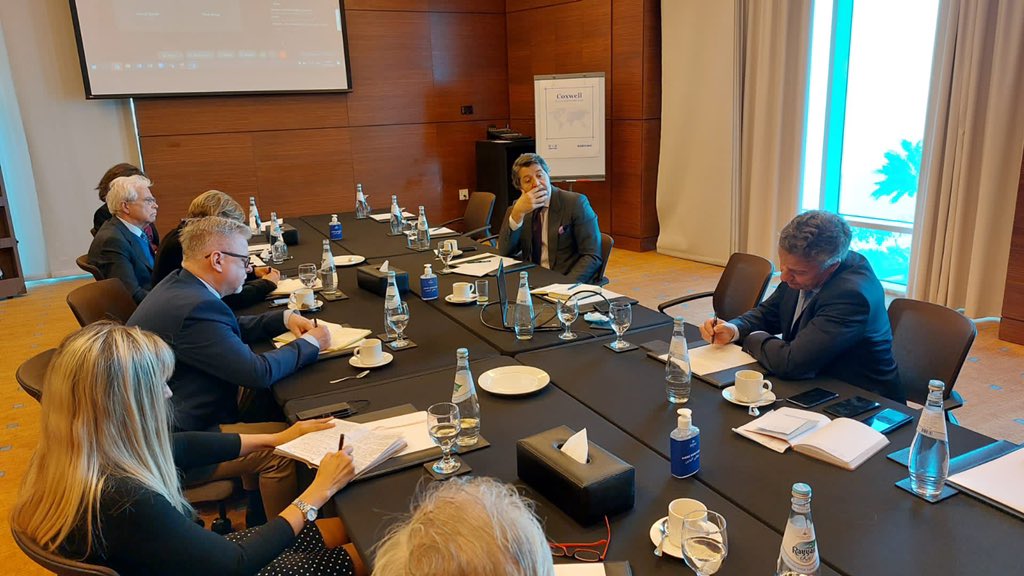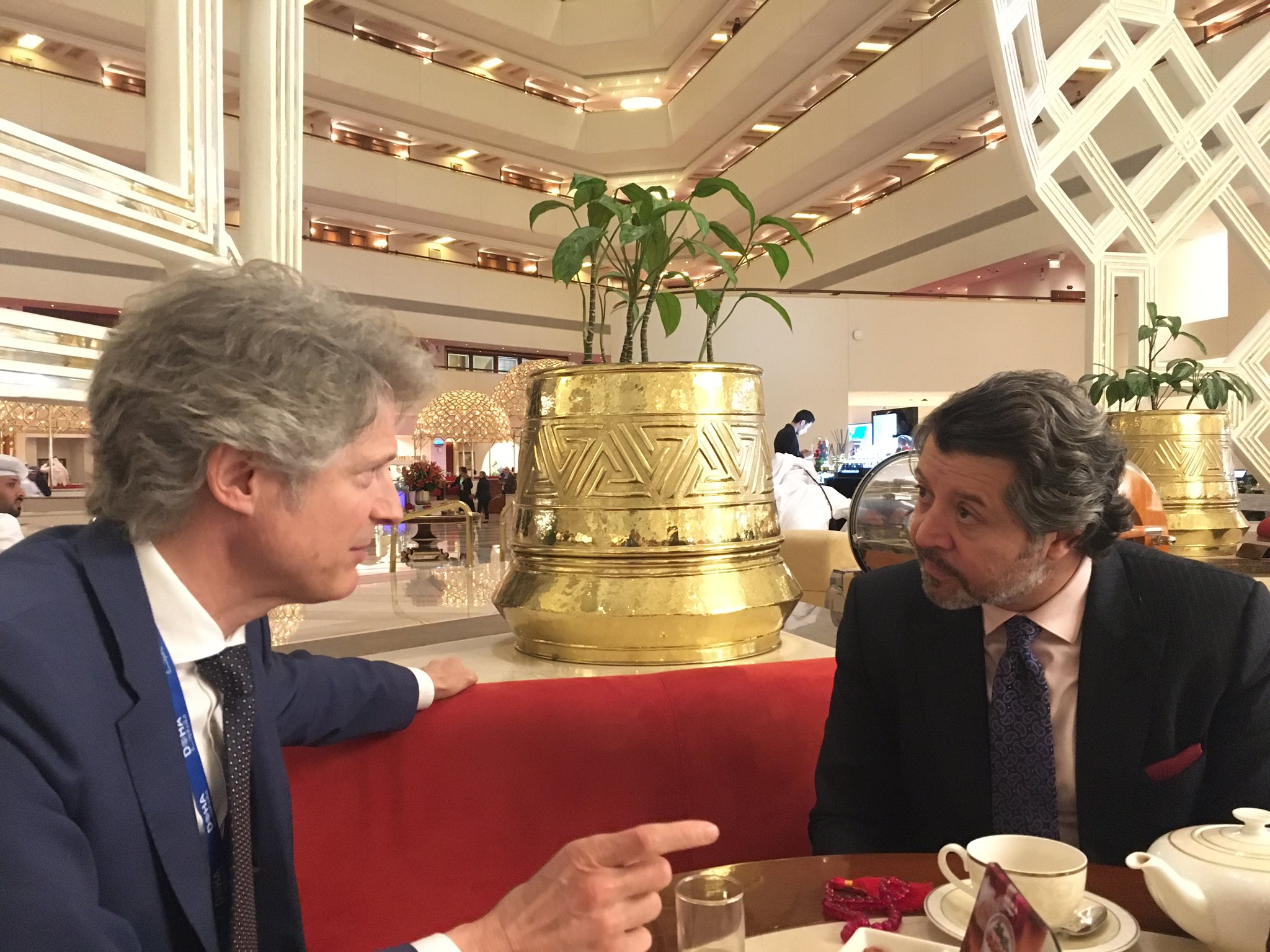Oct 14, 2015
CAPS Participates in Regional Strategic Forum “New Security Challenges in Central Asia”
From 7-9 September 2015, Hekmatullah Azamy, research analyst with CAPS participated in a regional strategic forum “New Security Challenges in Central Asia”. Held in Astana, Kazakhstan, the conference was co-hosted by the Near East South Asia (NESA) Center for Strategic Studies and Nazarbayev Center.
Researchers and practitioners from Afghanistan, India, Kyrgyzstan, Tajikistan, Ukraine, Uzbekistan, US and Kazakhstan discussed core issues in the region including security challenges in Central Asia, economic development and integration, migration and demographic challenges, environmental challenges and water management and information and communication in the 21st Century.
Mr Azamy presented about the NATO troop drawdown from Afghanistan and the security vacuum it created, the emergence of Islamic State (IS, also ISIS) in Afghanistan and its security implications for Central Asia. He highlighted that 5,000 to 7,000 militants from Central Asia are currently operative in Afghanistan mostly in the Northern belt- led by the Islamic Movement of Uzbekistan (IMU). He said that in addition to increasing militancy of these groups, Mr Azamy highlighted that IMU and other affiliated Central Asian outfits are involved in drugs trafficking via the northern route to Central Asia, Russia, all the way to Europe.
Mr Azamy warned that growing militancy in Afghanistan will have spillover to Central Asia, initially to Tajikistan and Uzbekistan and then beyond. He argued that strict measures that Tajikistan and Uzbekistan states think of as a viable response to deter against the spillover will not be enough. He cited that the Central Asian states already have failed to successfully intercept the bulk of drugs trafficked through Central Asia.
Mr. Azamy thus placed emphasise on regional and joint commitment to tackling growing militancy in Afghanistan and said that a stable Afghanistan is important not only to peace and security but also to economic integration in the region as it is a bridge to connect energy-rich Central Asia with energy-hungry South Asia.

Group photo

Mr Azamy speaking during the workshop






Leave A Comment